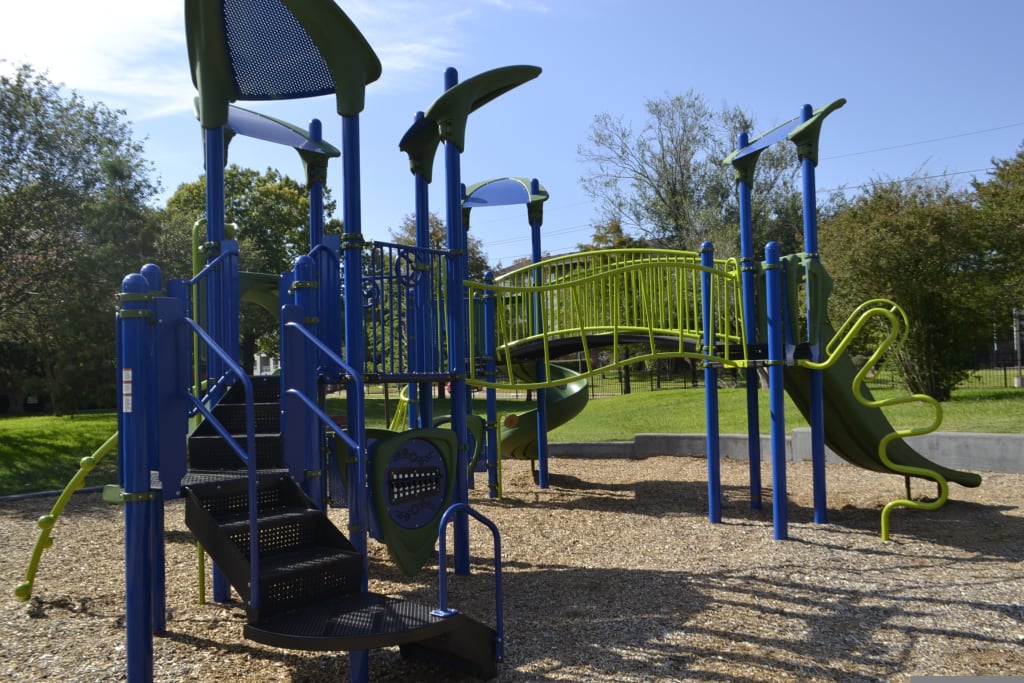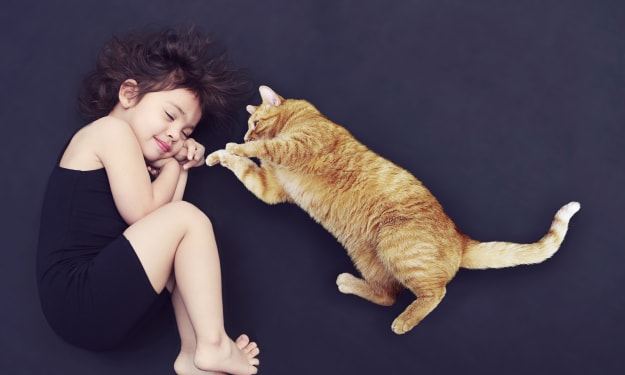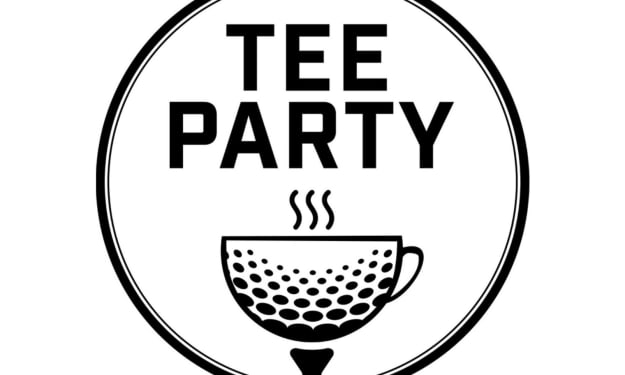Strategies for Enhancing Child Developmental Play
“children are given the freedom to investigate their reality in their own way through free play, which helps them develop their imagination and use their creative minds”

By Godwin Msalichuma
For young children, the best type of play is unstructured free play. This is a creative play that just happens, depending on what your child enjoys at the time.
Free play permits your child to use their move at their own speed and use their inventive brain, it isn't organized out. Play without a plan could be: Exploring a new or most cherished play space.
Making cubby houses out of boxes or covers, dressing up, or playing pretend are creative games. Quality innovative play alone or with others, including imaginative or melodic games. You can be important or not when it comes to your child's unstructured play.
Sometimes all you have to do is point them in the right direction—to the table with coloured pencils and paper or the dress-up toys on their floor. You could use a little more energy at times. The suggestion, "Could we play spruce up?" What do you think you could be today?
Only Organized Play exists
Most of the time, an adult drives it. It requires more coordination and takes place in a predetermined location or at a predetermined time. Some examples of valuable organized play include modified sports like cricket, netball, and ball for slightly older children.
Alternatively, if everything is equal, dance, music, or show classes for children. Water colleague classes for children, or swimming delineations for additional laid-out kids - you could see these as critical models for your child, but they might just accept they're engaging.
Describing packs for children and preschoolers close by the library. Family board or games. As your child creates, how they play will change - they'll get more inventive and attempt more with toys, games and considerations. This could mean that they need to play with more reality.
Additionally, children develop through a variety of play forms. This includes playing by yourself, playing with other kids close by, and playing smartly with other kids.
You are the best toy for children. Just looking at your face and hearing your voice is a play for your new kid, especially if you're smiling. You might jump at the chance to try the following play ideas and activities with your child:
These activities
Including music, melodies, delicate tapping on your child's stomach while you sing, and ringers or holders filled with various items, can help develop hearing. Your child can get slithering, standing, and walking with sturdy furniture, balls, toys, or boxes.
Objects of different sizes, assortments and shapes can ask your young person to reach and deal with. For your child's future, regular belly time and floor play are essential. Strengthening the muscles of the head, neck, and body, helps your child develop development control.
The following are some ideas that your child might like
For hopping on, adjusting, contorting, influencing, or rolling, large shakes, boxes, or pads are ideal. Proactive activities like creeping and investigating can be made easier by slopes, passages, or alcoves.
Enormous and light things like cardboard boxes, buckets or detonate balls, or couch cushions can ask your child to run, build, push or drag. Chalk, rope, music or compartments can enable bouncing, kicking, venturing, wandering and running.
If you play your baby some of their favourite music while you play, they can also explore different sounds and rhythms in new ways. You could similarly really like to sing, dance and acclaim along to music with your child.
In order to move your preschooler's mind and body: Playdough and earth help your child develop fine coordination skills. Simple jigsaw puzzles and matching games like creature dominoes help your child improve their memory and focus.
For creative, unstructured play, old clothes, wooden spoons, empty pot plant compartments, sticks, crumpled paper, plastic cans, pans, and milk holders are ideal. Kicking, tossing, and rolling can all be supported by Frisbees and balls.
When you give your child the ability to kick or throw, try to get them to use one side of their body first and then the other. Most beloved music or pots and containers are ideal for making up music or dancing.
Homemade obstacle courses
Can get your child started in a variety of ways, bearings, and rates, and young children can play around with the accompanying items and exercises. Simple food preparation or arrangement, such as estimating, mixing, and serving, is ideal for developing math and regular skills.
Building materials include tents, boxes, building materials, washing containers, and furniture. Your young person's own inventive brain. Your child can transform into a beloved superhuman or fictional character with imagination. Rhymes or games like 'I spy with my little eye, something that beginnings with... 'Are ideally suited for wordplay and help with making schooling capacities.
So, children are given the freedom to investigate their reality in their own way through free play, which helps them develop their imagination and use their creative minds.
About the Creator
Godwin Msalichuma
I like to read books and write about different aspects of life but here mostly I will be writing in a health niche and making money online.






Comments
There are no comments for this story
Be the first to respond and start the conversation.